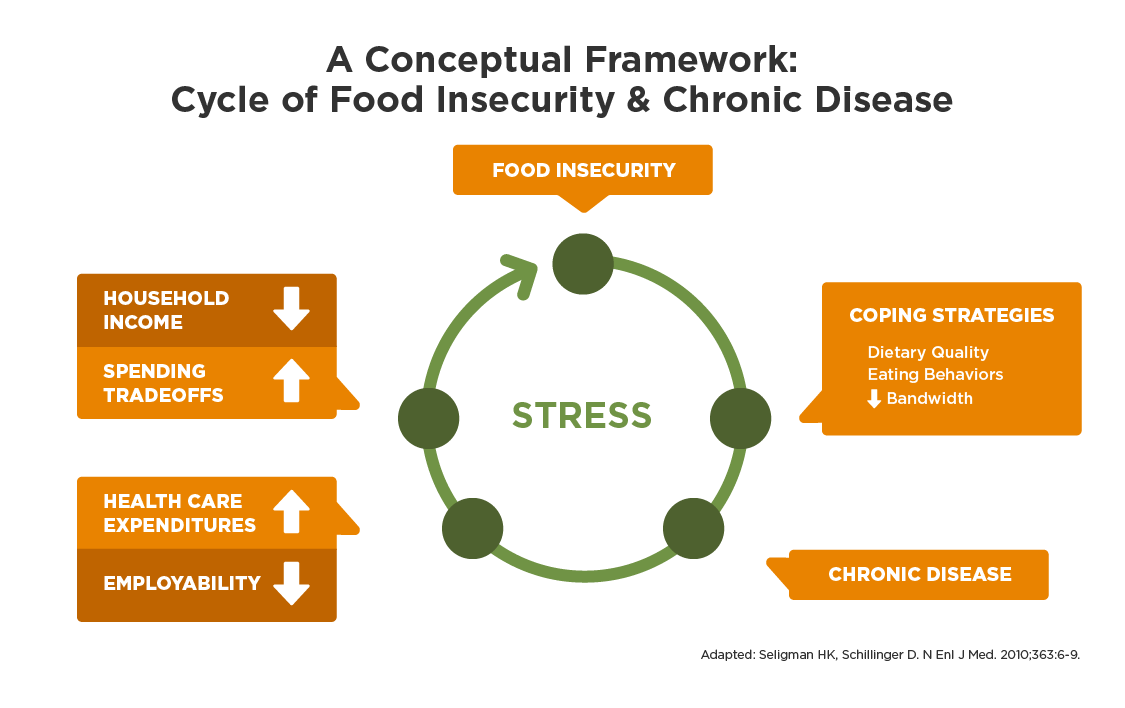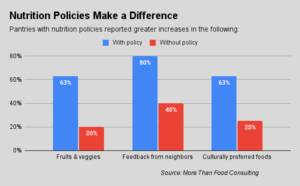It seems pretty obvious that one way to reduce healthcare costs in a community is to get area hospitals and doctors to lower their prices for drugs and services. Actually, a better way would be to reduce food insecurity.
Food insecurity accounted for nearly $53 billion of extra healthcare expenditures in the U.S. in 2016, according to a Centers for Disease Control and Prevention study released in July. In fact, food insecurity was more closely correlated with total healthcare expenditures at the county and state levels than was the cost of actual services or how often they were used.

The upshot is that tackling food insecurity has the doubly positive impact of also addressing healthcare expenditures, giving state and local governments a big tool in the fight against rising healthcare costs. “It’s not about a magic wand or some crazy intervention,” said Jessica E. Hager, Director of Healthcare Partnerships and Nutrition at Feeding America. “Food insecurity is very much a solvable problem.”
The impact of good nutrition on public health is just starting to become more widely recognized in policy circles. Dr. Scott Gottlieb, then the head of the FDA, put the transformative impact of good nutrition into perspective in a March 2018 speech when he said that the public health gains of improved diet “would almost certainly dwarf any single medical innovation or intervention we could discover.”
Chronic disease caused by poor diet gets amplified when food insecurity comes into play. Food-insecure people often cope by purchasing inexpensive, unhealthy food or eating less, putting them at greater risk of diet-related diseases, such as diabetes or high blood pressure. Responding to such health issues puts even more pressure on the household and the food budget, causing the cycle of food insecurity and chronic disease to gain even more momentum (see chart above).
The authors of the CDC study, two of whom are members of Feeding America’s Technical Advisory Group, advised several measures to be taken at the local level to help alleviate the societal burdens of food insecurity. These include state-earned income tax credits for low-income individuals, which are associated with lower levels of food insecurity, and improved access to hunger safety-net programs.
Public healthcare programs, particularly at the state level, shoulder the healthcare costs associated with food insecurity, the study noted, since less than 40% of food-insecure individuals in the study had private health insurance. Given the burden, local governments should also be pursuing funds from the federal SNAP program. “If states worked to maximize the uptake of federal nutrition programs, they may not only lower food insecurity rates but also decrease healthcare expenditures,” the authors concluded.









